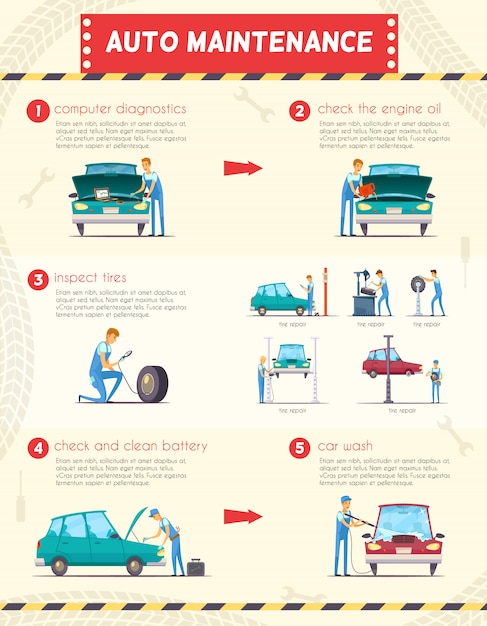Understanding The Value Of Your Automobile'S Warning Signals: What They Really Stand For
Understanding The Value Of Your Automobile'S Warning Signals: What They Really Stand For
Blog Article
Uploaded By-Hartley Stark
When you're behind the wheel, those radiant warning lights on your control panel can be a little bit difficult. Do you know what they're trying to tell you about your car's wellness? Comprehending the value of these lights is crucial for your safety and the longevity of your automobile. So, the next time one of those lights pops up, wouldn't you wish to decode its message properly and take the needed steps to address it?
Common Warning Lighting and Interpretations
Identify typical warning lights in your cars and truck and understand their definitions to guarantee secure driving.
The most regular warning lights include the check engine light, which signifies problems with the engine or emissions system. If this light begins, it's vital to have your vehicle checked immediately.
The oil pressure cautioning light shows low oil stress, needing immediate attention to prevent engine damage.
A flashing battery light may recommend a malfunctioning charging system, possibly leaving you stranded otherwise resolved.
The tire stress surveillance system (TPMS) light alerts you to reduced tire pressure, influencing vehicle security and fuel performance. Overlooking this could result in risky driving problems.
The abdominal light suggests a problem with the anti-lock stopping system, endangering your ability to stop swiftly in emergency situations.
Last but not least, the coolant temperature level advising light warns of engine getting too hot, which can cause serious damage otherwise resolved promptly.
Understanding these typical warning lights will certainly help you address issues quickly and preserve safe driving problems.
Relevance of Prompt Interest
Comprehending the usual warning lights in your vehicle is just the primary step; the value of immediately resolving these cautions can't be emphasized sufficient to guarantee your security on the road.
When a caution light brightens on your dashboard, it's your automobile's means of communicating a potential problem that requires interest. Disregarding these warnings can lead to extra severe problems in the future, jeopardizing your security and potentially costing you more out of commission.
Trigger focus to warning lights can protect against failures and crashes. As Related Web Page , a flashing check engine light might indicate a misfire that, if left ignored, can trigger damage to the catalytic converter. Resolving this promptly can conserve you from a costly repair.
In a similar way, a brake system warning light might indicate reduced brake liquid or used brake pads, crucial elements for your security when driving.
Do It Yourself Troubleshooting Tips
If you see a caution light on your dashboard, there are a few do it yourself troubleshooting suggestions you can attempt prior to seeking specialist aid.
The primary step is to consult your car's handbook to recognize what the specific warning light suggests. Occasionally the concern can be as easy as a loosened gas cap causing the check engine light. Tightening up professional car detailing services may settle the issue.
One more usual problem is a reduced battery, which can activate various cautioning lights. Examining the battery connections for deterioration and ensuring they're safe and secure might repair the problem.
If a caution light lingers, you can try resetting it by disconnecting the auto's battery for a few minutes and then reconnecting it. In addition, examining your lorry's fluid degrees, such as oil, coolant, and brake fluid, can assist fix alerting lights associated with these systems.
Conclusion
In conclusion, comprehending your cars and truck's caution lights is important for maintaining your vehicle running smoothly and securely. By immediately addressing these informs and understanding what they indicate, you can prevent costly repairs and potential break downs.
Remember to consult your auto's guidebook for certain details on each alerting light and take action accordingly to guarantee a hassle-free driving experience.
Remain informed, remain secure when driving!
